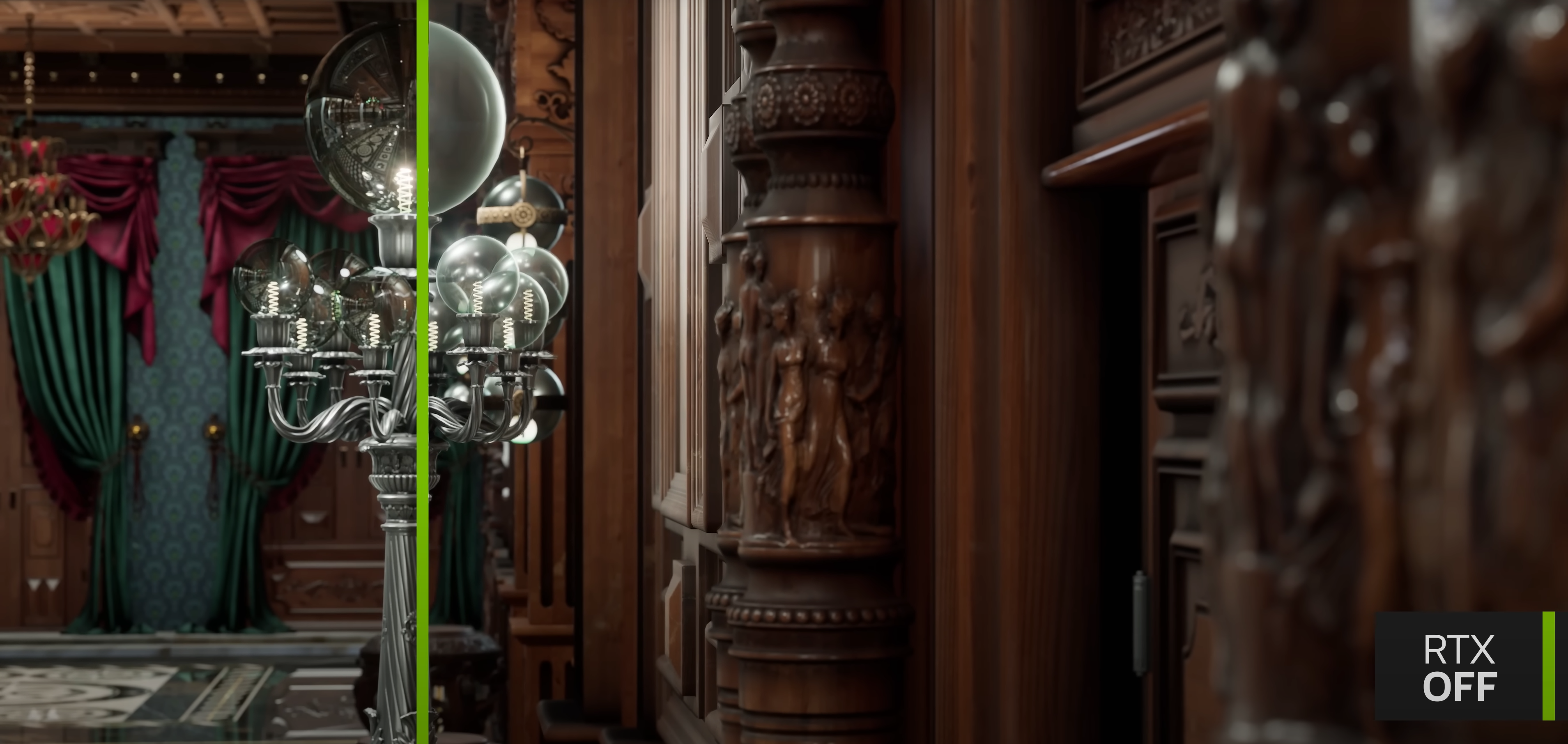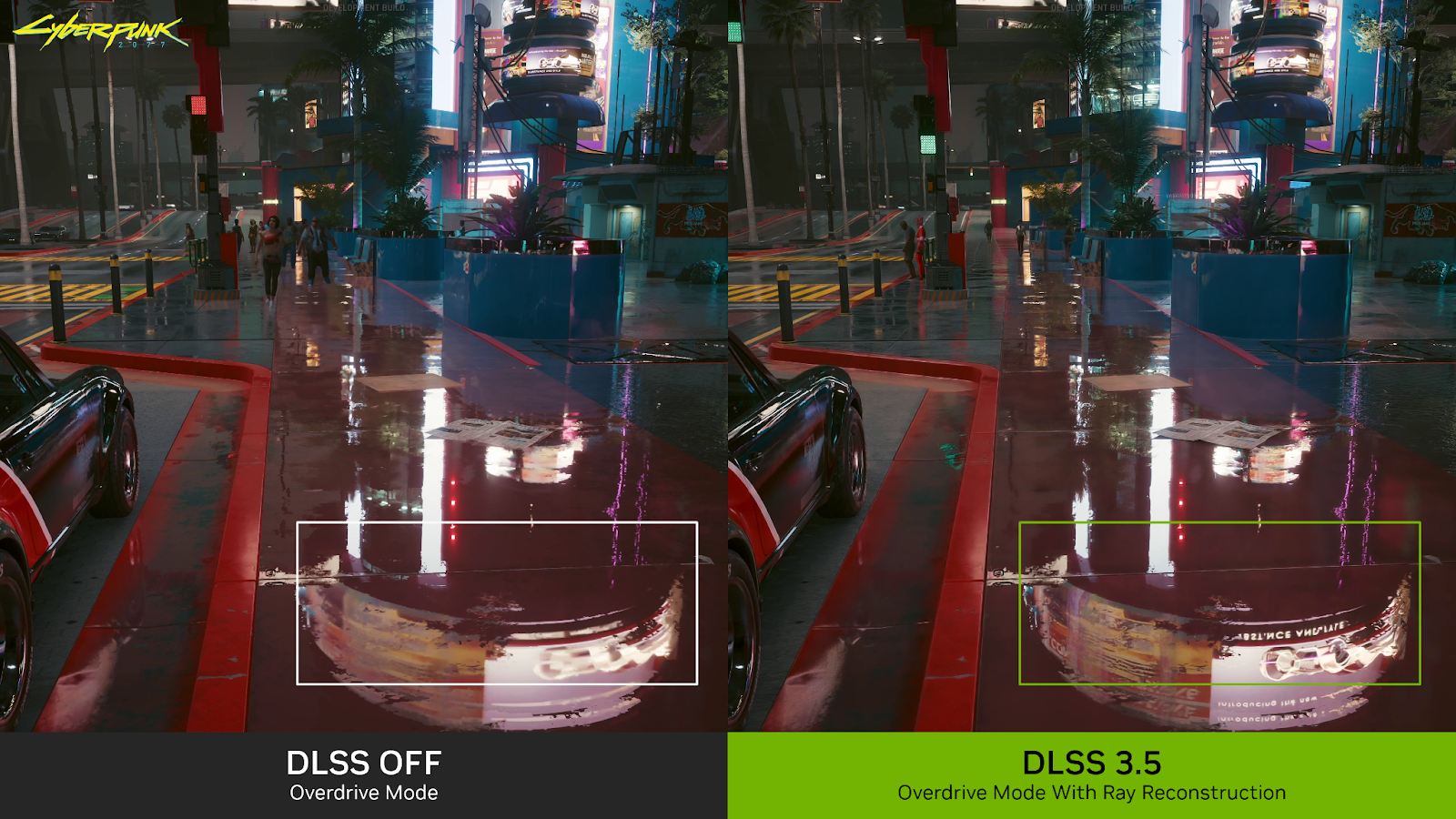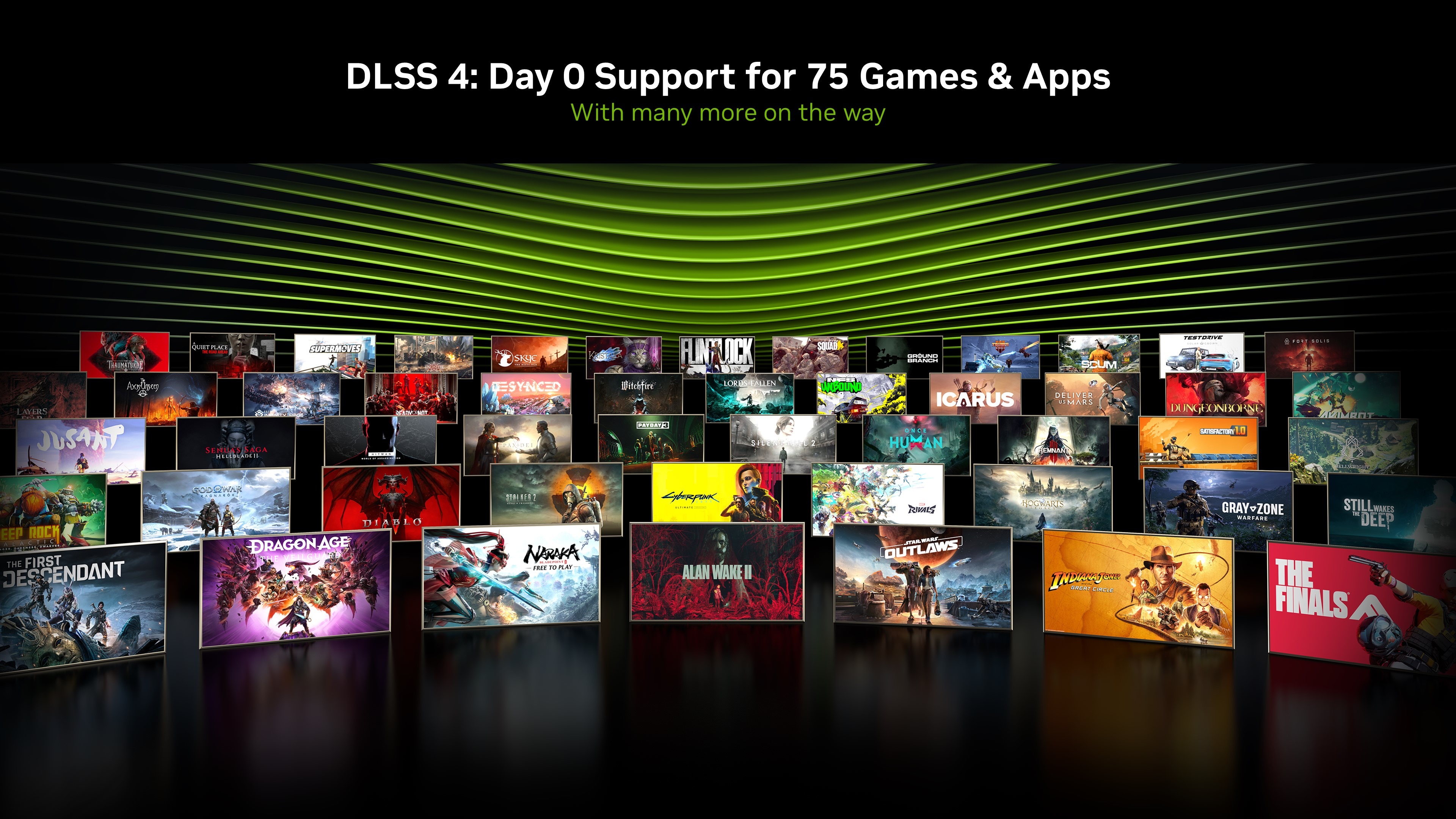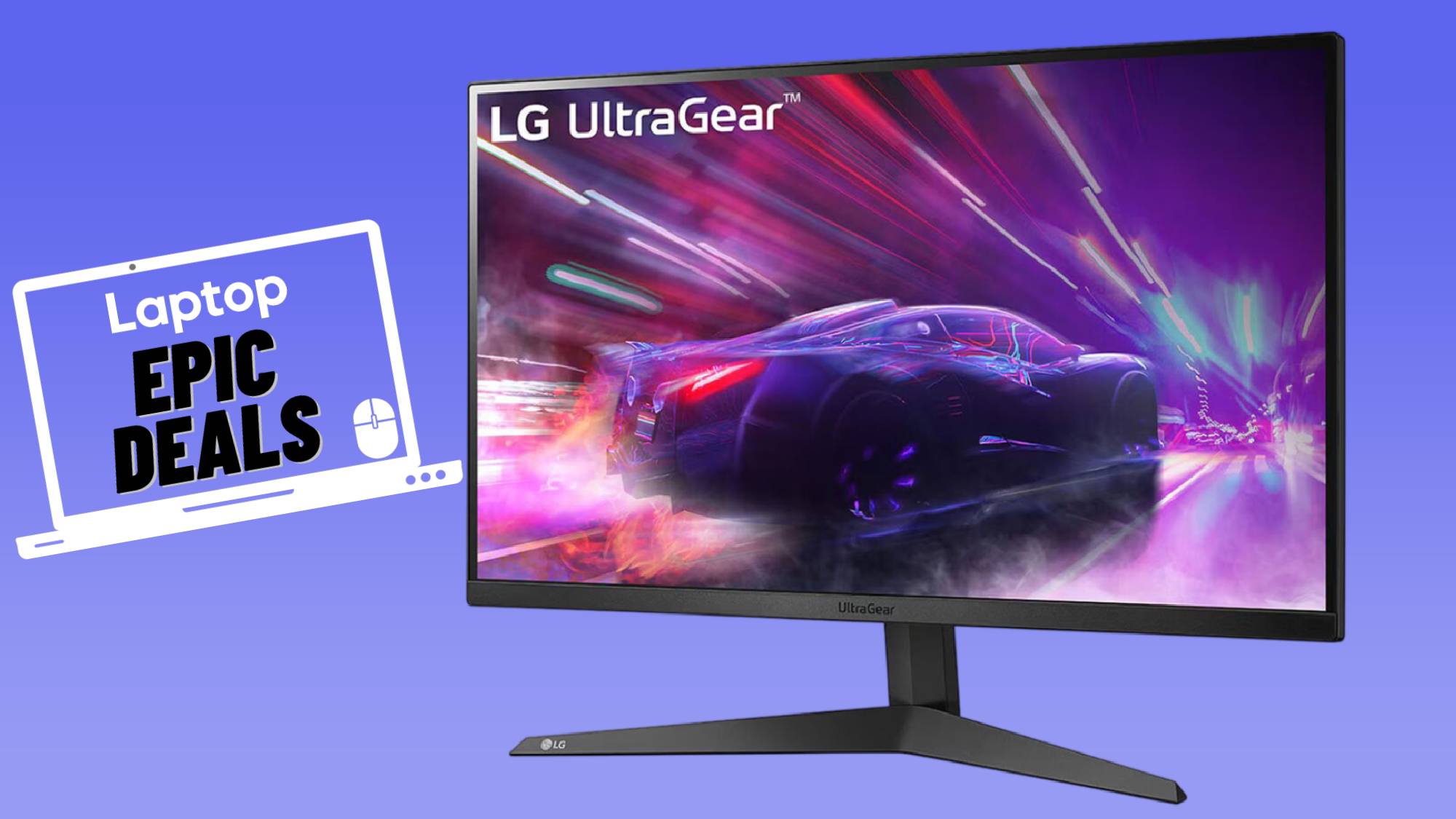Should you play video games with Nvidia's DLSS 4 turned on or off? I'm not sure it's worth it.
What’s the cost of having DLSS 4 casting spells on your video game's appearance?

Recent updates
Update (1/29/2025) — This article has been updated with some follow-up quotes from an Nvidia spokesperson. The original content of the article remains the same, and the update below is clearly highlighted.
Nvidia’s new RTX 50-series GPUs are making waves across the gaming world, but what’s more interesting than their power are their features, specifically DLSS 4.
The company is making some bold promises about how much DLSS 4 — the fourth generation of Nvidia’s deep learning super sampling technology — can use AI to increase performance and enhance visuals seemingly instantly.
There’s some magic behind the scenes that goes beyond it’s powerful — to paraphrase marketing language we often hear about such tech. But if you’ve read any fantasy novel, you know that magic comes at a cost (or it should, and if it doesn’t, that’s bad writing).
So what’s the cost of having DLSS 4 casting its spells? I chatted with an Nvidia rep and the Studio Director of Black State to get some answers. Let’s dive in.
The impact on art design


I hope developers take care to ensure gamers who don’t own the latest tech can still experience the game with the same impact.
My first worry was about art style and art design. Nvidia shared images that showcased how DLSS 4 completely transforms scenes, objects, and character models. Some transformations are so dramatic that the art of the game itself feels different. I’m thinking of the light bulbs in Black State and the hair in Indiana Jones and The Great Circle pictured above.
I asked an Nvidia spokesperson about what DLSS 4’s impact will have on the art design, both retroactively and in games currently in development. “Developers continue to have full control, as DLSS requires game integration,” the rep tells Laptop Mag. This includes when DLSS is added retroactively. DLSS is trained from synthetic data to accurately reconstruct the final image based on the ground truth image of the game as envisioned by the developers.”
In other words, the implementation of DLSS 4 is in the hands of the developers, so whatever you see when DLSS 4 is enabled is, technically, how the game was intended to look. One of the examples that the Nvidia spokesperson pointed toward was Ray Reconstruction, which makes lighting more stable. An image of Cyberpunk 2077 showcased how an in-game advertisement was perfectly reflected in a puddle on the ground (compared with it off, which showed a muddier version).
Stay in the know with Laptop Mag
Get our in-depth reviews, helpful tips, great deals, and the biggest news stories delivered to your inbox.

However, this means developers are also responsible for how the game presents itself when DLSS 4 is disabled. With features like RTX Hair, Ray Reconstruction, Multi Frame Generation, and more, I hope developers take care to ensure gamers who don’t own the latest tech can still experience the game with the same impact.
That’s exactly what devs are doing, according to Ömer Faruk Güngör, Studio Director of Motion Blur, the developer of Black State.
“We constantly monitor everything we add to [Black State] to ensure it provides the best visual quality and performance for all configurations, not just the latest ones,” tells Laptop Mag.
Güngör went on to say that there will be differences when DLSS 4 is on or off, but Motion Blur is “building the game considering both options should look stunning and be well-optimized.”
But if games are being built with DLSS 4 in mind, especially considering Multi Frame Generation, does that encourage developers to slack off when considering the native art? I mean, why optimize your title when AI can do it for you? Well, in the case of Black State, Motion Blur is “optimizing the [game] as if native resolutions are the only options available.”
As far as the balance of art design and technology, Motion Blur is “working meticulously to provide an incredible experience for all gamers.”
This is the ideal response when new technology arises. AI can be a useful tool, but not at the expense of jobs and originality.
The impact on performance
Outside of the core changes to the art, Nvidia boasts that the performance DLSS 4 will bring is better, better, and better. The Nvidia representative I spoke with said, “DLSS provides higher frame rates, lower latency, and better image quality than native.”
They went on to say that, “For developers, the extra performance headroom from DLSS can mean achieving higher-quality visuals with more detailed textures, more realistic lighting, and more geometry, without compromising on performance.”
Let’s get real: We are in a technological age where bigger isn’t always better. In terms of raw performance, higher fps means it’s better, yes. But DLSS 4 introduces Multi Frame Generation, which produces AI-generated images to increase the number of frames on screen. There are 2x, 3x, 4x modes. What that indicates is how many AI-generated frames are in between true frames. At Frame-Gen 2x, there’s one AI-generated frame for every true frame. For Frame-Gen 3x, it’s two, and for Frame-Gen 4x, it’s three. The generated frames are informed by the previous true frame and the following true frame. Then the AI fills in the gaps. However, that kind of processing is sure to affect the quality, latency, and fluidity of the game, right?
I followed up with Nvidia about the impact of AI processing on gaming quality but haven’t heard back just yet. When I do, I’ll update this article.
Update (1/29/2025) — The Nvidia spokesperson writes that, "DLSS 4 includes Reflex Low Latency technology, which is used by over 100+ esports games and delivers max responsiveness." They also shared a video from Robeytech where they talk about the latency, and how they didn't notice any delay. However, Robeytech also admits that they need more games to test outside of Marvel Rivals.
With regard to image artifacts, Nvidia writes that, "In cases where there is an artifact, we identify and retrain the model, which is then updated to end users through NVIDIA app." So in theory, the more you play, the less artifacts you'll see.
Despite that, Digital Foundry got an early access look at an RTX 5080 GPU running with Super Resolution and Multi Frame Generation in Cyberpunk 2077. What we saw was a massive increase in frames. They could not provide real numbers, but the percentages jumped from 100% (off) > 563% (2x) > 749% (3x) > 956% (4x).
But what about latency? Well, that’s complicated. We didn’t get to see it when it was off, but a trip through the Night Market revealed the times for Frame-Gen 2x (50.97ms), 3x (55.50ms), and 4x (57.30ms). Given the increase in frames, that trade-off doesn’t seem bad at all. However, that’s what we see on a compressed YouTube video. We actually won’t know what the trade-off feels like until we’re playing these games on our own monitors.
Now, the biggest catch here is the visual artifacts. As we all know, AI generation isn’t perfect. To showcase how the GPU handles 120 fps, Digital Foundry had to slow the video speed to 50% (because YouTube caps at 60 fps). That means the visual artifacts you see in the video will look worse than actually playing the game (probably).
Some people might not be bothered by it, but you can’t deny that when the camera passes by neon signs or trees, aspects of it look like pixelated garbage. That may seem harsh, but that’s just what visual artifacts are.
The question is, are developers keeping these issues in mind when creating new games? According to Güngör, “As a tech-oriented studio focused on delivering the best quality visuals with the best performance, we closely monitor the impact of every addition to the game in terms of milliseconds. With the introduction of DLSS 4, we have more room for enhancing quality.”
Güngör goes on to say that Motion Blur has considered upscaling technology from day one, and it is “prioritizing technological advantages for all gamers to ensure the best possible performance.”
However, it isn’t always in the developer's hands. One interesting feature that comes with DLSS 4 is DLSS Override. This can override games integrated with legacy DLSS models in favor of DLSS 4. I have some serious concerns about this, as this definitely falls out of the “developers have full control” category. We won’t be able to see the impact of this until we test it, but you cannot deny that the game will be presented in a way outside of the developer’s intention, even if it looks better.
What’s next

While we haven’t gotten a close look at DLSS 4 yet, developers are working hard to improve it alongside Nvidia.
Güngör states, “The DLSS technology is evolving into something better every day. We are working with the Nvidia team closely not just implementing it but also giving feedback for making it better.”
I can talk about the potential good and bad all day, but right now, it’s all wait and see. We’ll start seeing RTX 50-series gaming laptops launch in March and April, so keep an eye out for our reviews and best gaming laptops page for these new devices to fill in the slots.

Rami Tabari is the Reviews Editor for Laptop Mag. He reviews every shape and form of a laptop as well as all sorts of cool tech. You can find him sitting at his desk surrounded by a hoarder's dream of laptops, and when he navigates his way out to civilization, you can catch him watching really bad anime or playing some kind of painfully difficult game. He’s the best at every game and he just doesn’t lose. That’s why you’ll occasionally catch his byline attached to the latest Souls-like challenge.



